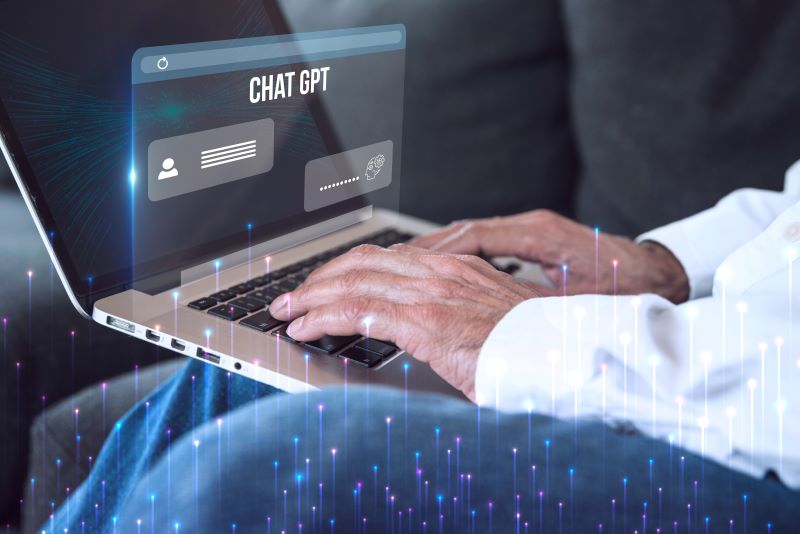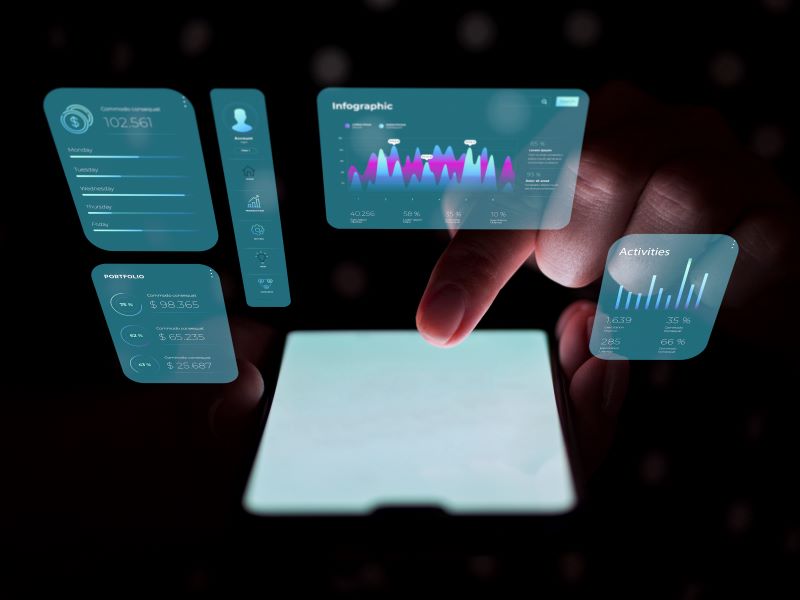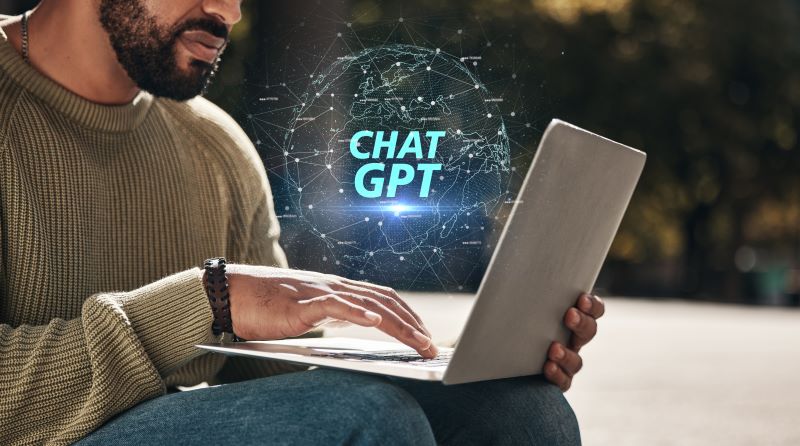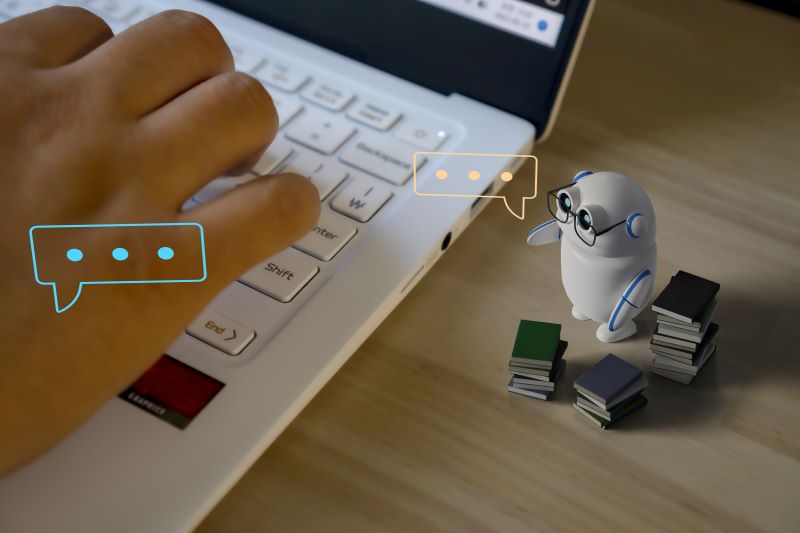2024 Guide To Data Analysis And Web Scraping With ChatGPT
OpenAI released ChatGPT on Nov. 30, 2022. A mere two months later it had over 100 million users, giving it the fastest adoption rate of any consumer application in history. One of its many uses is web scraping with ChatGPT.
Table of Contents
The large language model is capable of understanding much of human language and intent and generating remarkably humanlike responses. In the year since its release, it’s caused a furor. Business and government leaders have both proclaimed its possibilities and potential pitfalls.
It’s still not clear how or if AI will significantly reshape our world. However, there are definitely some ways ChatGPT can make your life easier right now.
While you should never blindly trust ChatGPT — it’s prone to giving false answers called hallucinations — it can help you write code for tasks such as web scraping. Web scraping uses automated scripts to crawl through web pages and extract data based on selected HTML attributes. Modern businesses run on data, and web scraping is a quick, convenient, and cost-effective method for compiling masses of it.
Can ChatGPT Scrape Websites?

ChatGPT excels at some tasks, but creating and running an application independently isn’t one of them. You won’t have much success in web scraping with ChatGPT if you simply tell it to scrape a website for price points. However, if you understand its limitations you can learn how to use ChatGPT to fully automate web scraping.
OpenAI is constantly updating ChatGPT’s features and capabilities. Over the summer, they added a plugin called Code Interpreter to allow users to upload and download files, analyze data, and write code. They’ve since changed the name to Advanced Data Analysis and incorporated it into all ChatGPT Plus subscriptions.
Web scraping with ChatGPT can help your data strategy in two distinct ways. It can help you code a web scraper using Python, and it can help you analyze the data your web scraper extracts. We’ll go over how to do both.
Tutorial for Web Scraping With ChatGPT

You can use ChatGPT to scrape a website even if you have limited coding experience. It will walk you through the process of building a web scraper. Here’s a step-by-step tutorial.
1. Set up the preliminaries
Before you get started web scraping with ChatGPT, you need Python installed on your computer and a text editor or integrated development environment for writing code. Once you have that set up, you’re ready to start.
2. Determine what data you want to extract
To successfully extract data, you need to know where it’s located. Scrapers work by crawling through web pages and pulling out data based on HTML attributes. If you don’t know this offhand, you can find it using the developer tools in your browser to inspect the elements on the site you want to scrape.
For instance, if you want to scrape prices, you can pull up the HTML code in your browser and find its associated HTML tags. You can usually do this by right-clicking on the element you want to inspect and choosing “Inspect” from the pop-up menu. You’ll see the HTML code highlighted in the new window.
3. Install the libraries you need
For web scraping with ChatGPT, you’ll need BeautifulSoup and Requests. You can use other libraries, but these are the simplest and easiest. The following command will install these on your computer:
pip install requests beautifulsoup4
Once you’ve installed the libraries, import them with the following command:
import requests
from bs4 import BeautifulSoup
4. Ask ChatGPT to code your scraper
Now you’re ready to ask ChatGPT to build a scraper. The more detail you provide, the better its output will be. Rather than use the nonspecific prompt, “Write a web scraper,” provide the following details:
- The language and libraries you want to use
- The element selectors
- How the extracted data should be stored
- Any additional instructions
For example, the following prompt will return a better response for web scraping with ChatGPT:
Write a web scraper in Python with BeautifulSoup. I want to extract the prices of all products with the following selectors: [insert selectors you identified earlier]. Save all the Product Names and Prices in a CSV file.
5. Review and test the code
Once ChatGPT has generated code, look it over for glaring errors or omissions. Check that all of your instructions were carried out and that the selectors are correct. Run the code to see what the outcome is. If the results aren’t what you expected, you can go back to the beginning and ask for further help with web scraping with ChatGPT.
Using ChatGPT for Data Analysis

Now that you know how to handle web scraping with ChatGPT, the next step is to use it to analyze the data you’ve gathered. This is a relatively new function that was introduced as part of the summer update. You can upload files directly to ChatGPT and ask it to analyze the output. Advanced Data Analysis dramatically lowers the barrier to effective data analysis, which can be a game-changer for smaller companies and those working alone.
You should know a few things before you use Advanced Data Analysis. The first is that it’s only available on Enterprise or Plus plans. If you’re using the free version, you won’t have access.
The second issue is that you should avoid asking it to analyze sensitive datasets if you’re using the Plus plan. It will use your dataset for training. On the Enterprise plan, it won’t train on your dataset.
However, this shouldn’t be an issue if you’re asking it to analyze publicly available data you’ve scraped from websites according to their TOS.
To access Advanced Data Analysis, click on your name at the bottom left-hand corner and select “My GPTs.” A new screen will pop up with a list of plugins under “Made by OpenAI.” Under this list, click “Data Analysis,” and a new Data Analysis window will open. The prompt box has a paper clip icon where you can attach files for ChatGPT to analyze. Here are some examples of how you can use this innovative new feature.
Text analysis
Web scraping with ChatGPT will allow you to use its natural language capabilities to analyze large amounts of text-heavy datasets. It can extract recurrent phrases, categorize content, and identify common themes. This can help you see trends in customer feedback, which you can use to drive new product development.
You can also analyze social media posts, popular articles, and industry news to gather insights into customer desires and behavior.
Competitor analysis
You can analyze data related to your competitors to get an advantage in pricing and marketing strategies. Compare your company’s performance to your competitor’s in terms of products, services, and market share.
Sentiment analysis
Understand the strengths and weaknesses of your own company by analyzing public opinion about your brand on social media, forums, and review sites. You can also analyze your customer service interactions to see how satisfied your customers are after interacting with your support team.
Best Practices for ChatGPT Web Scraping and Data Analysis

The brilliance of web scraping with ChatGPT and using it for data analysis is that it’s capable of understanding natural language. It’s not perfect, but you can often get it to help you get the results you want. Here are some best practices for getting the most out of ChatGPT.
Set clear goals and be specific
Before interacting with ChatGPT, determine exactly what you want to accomplish. You’ll usually get better results by breaking a project into smaller segments since it performs better with narrower tasks. The more parameters you provide, the better your results will be.
Ask for help
If you don’t get the results you want the first time, don’t give up. ChatGPT provides code editing for coding tasks. You can ask it to refine your code to clear up any issues. You can also ask it for tips to make your scraper or analysis more effective.
Understand its limitations
As you use ChatGPT, you’ll better understand what it can and can’t do. For starters, know that it’s prone to hallucinating. It may also have trouble handling large datasets, complex models, or biases in the data.
Don’t blindly trust the results
While ChatGPT can be an effective tool for scraping websites and analyzing data, the results should never be taken at face value. Test the code before you deploy it widely. When reading analytical results, be careful about overfitting or misinterpreting statistical significance. While ChatGPT makes it easy to produce professional-looking deliverables, it doesn’t eliminate the need for critical analysis and background knowledge.
Make Scraping Simple With Scraping Robot

Although it’s fairly easy to build a scraper with ChatGPT, you’ll still have to deal with the hassles associated with web scraping with ChatGPT, such as proxy management, CAPTCHA solving, and browser scalability. Scraping Robot handles all of that and more. You can get straight to collecting your valuable metadata and analyzing it for insights to drive strategic business decisions. Sign up today to get started for free.
The information contained within this article, including information posted by official staff, guest-submitted material, message board postings, or other third-party material is presented solely for the purposes of education and furtherance of the knowledge of the reader. All trademarks used in this publication are hereby acknowledged as the property of their respective owners.
